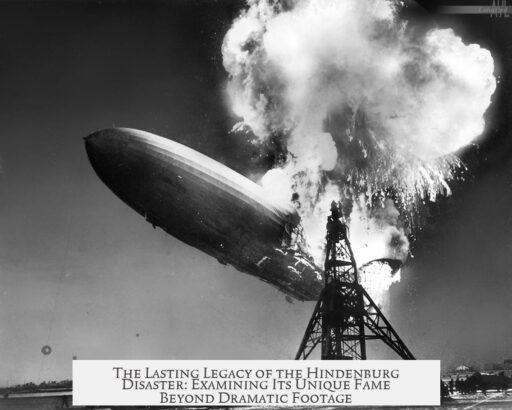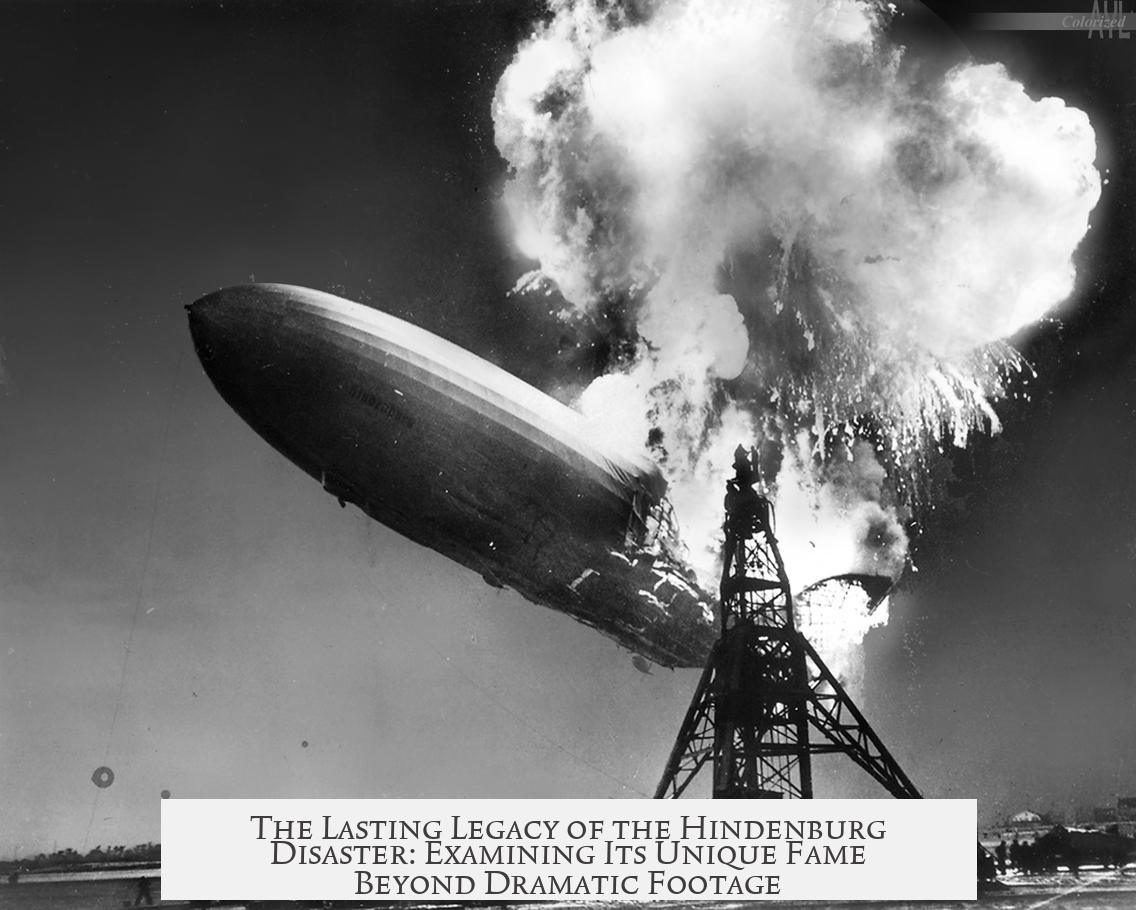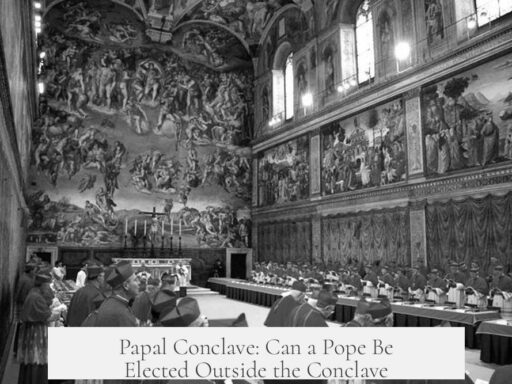The Hindenburg disaster is famous not just for its dramatic video and images but for a combination of factors that made it uniquely memorable among early air disasters. Unlike earlier airship crashes, the Hindenburg accident featured a high-profile, fully loaded civilian passenger flight, live media coverage, and a vivid psychological impact centered on the nature of the fire and destruction. These elements created a lasting impression worldwide, elevating its status beyond other air accidents of the era.
Earlier airship disasters typically involved military crews rather than civilian passengers. Crashes like those of the WWI Zeppelins, R-38, Dixmude, Akron, Macon, and Shenandoah often resulted in military casualties that did not attract the same public sympathy or media hype as civilian tragedies. The Hindenburg was a passenger airship carrying paying civilians on a routine commercial journey, which heightened public empathy and interest.
Additionally, prior incidents generally occurred without any live media presence or an audience. For example, the R-101 airship crashed at night around 2 AM with no eyewitnesses or live wireless coverage. Cameras or radio broadcasts did not document most earlier failures, so they lacked the dramatic visual and audio evidence that the Hindenburg disaster provided.
The Hindenburg combined several unique features that engaged public attention:
- Live wireless broadcasts captured firsthand reactions.
- Photographs and film footage captured the fiery destruction in real time.
- Civilians were on board during what was meant to be a routine commercial flight.
- The dramatic fire created a powerful psychological impact.
These factors made the event a media sensation and a cultural touchstone. The fire itself, although terrifying to witness, was not necessarily more dangerous than other airship hazards. Earlier airships often suffered structural failures due to collisions, turbulence, or the limits imposed by gas pressure and engine power. Many of these had no such spectacular flames, or the fire risk from hydrogen was less understood.
In fact, during World War I, hydrogen airships were surprisingly resistant to ignition, as fighter pilots struggled to set enemy Zeppelins ablaze. While some airships did burn, such as the Dixmude after a probable lightning strike or the Roma after contacting high voltage wires, these incidents did not attract sustained media coverage or public attention.
Moreover, many previous failures took place over the ocean to avoid land obstacles, reducing bystander witnesses. Approaches to docking often involved avoiding poor weather, resulting in crashes away from populated areas. The Hindenburg’s crash occurred in a populated area during docking, ensuring a large audience witnessed the event.
Smaller airships with fewer passengers typically had lower casualty numbers and less dramatic events, which contributed to their lower notoriety. The Hindenburg was among the largest passenger airships, carrying dozens of people, further magnifying the tragedy.
This public spectacle combined with detailed visual records created an enduring cultural image. The disaster symbolized the risks of airship travel and contributed to the rapid decline of passenger airship services. The psychological impact exceeded pure statistics—instead of being one isolated incident, it highlighted potential widespread dangers of this technology in a way earlier disasters did not.
| Aspect | Earlier Airship Crashes | Hindenburg Disaster |
|---|---|---|
| Passengers | Mostly military personnel or officials | Civilian paying passengers on commercial flight |
| Media Coverage | Minimal or none, no live broadcast | Live wireless transmission, extensive photography and film |
| Visibility | Crashed in remote or over ocean, few or no witnesses | Crashed during daylight near populated area, many eyewitnesses |
| Fire Risk | Typically no dramatic fire, or caused by natural hazards | Massive blazing fire caught on film and radio |
| Cultural Impact | Limited public engagement or lasting impression | Symbol of disaster and end of airship era |
In brief, the Hindenburg disaster’s fame arises from its perfect storm of circumstances: civilian tragedy, live media, dramatic visuals, and a vivid fire. These elements made it more than just another airship accident. The event shaped public opinion and ended an era of passenger airship travel due to the perceived danger it exposed.
- The presence of civilian passengers increased public empathy.
- Live wireless and film captured the disaster in real time.
- Earlier crashes lacked media exposure or witnesses.
- Previous airship failures mostly involved military crews and structural causes.
- The Hindenburg disaster’s dramatic fire left a lasting psychological impact.
Why is the Hindenburg Disaster So Famous? More Than Just Dramatic Footage
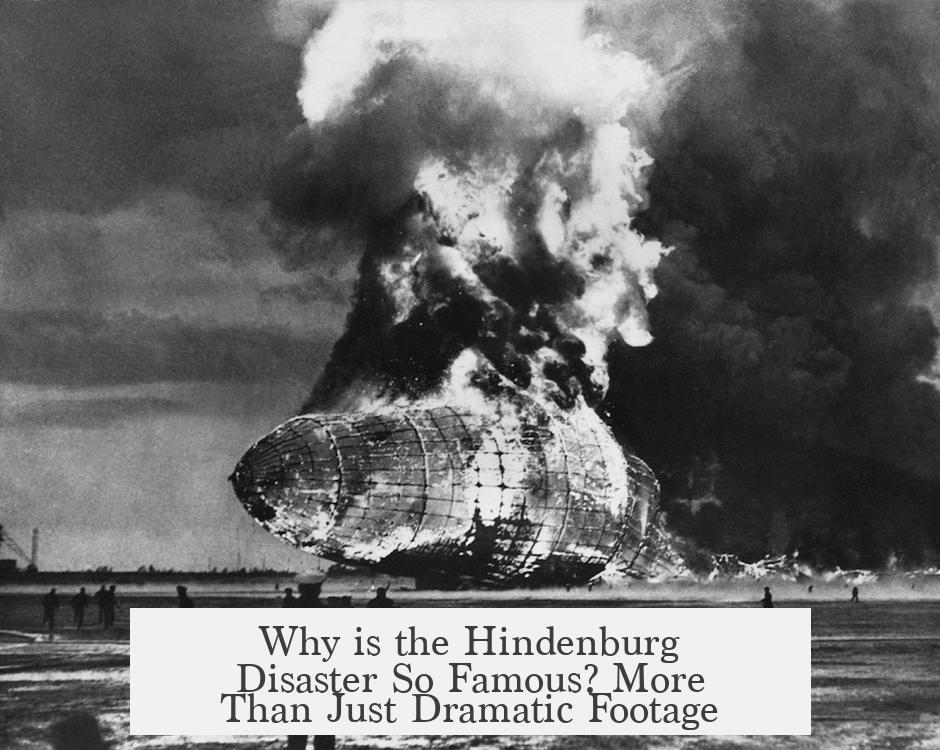
The Hindenburg disaster is famous not just because of its shocking footage and images, but because it uniquely combined civilian tragedy, live media coverage, and a dramatic visual event in a way no prior airship accident had. This isn’t just another old airship crash; it is a cultural landmark shaped by visibility, timing, and human impact.
Most people think the Hindenburg disaster made headlines solely due to the harrowing film of the airship engulfed in flames. After all, fire and explosions on camera tend to stick in our minds. However, the truth is far richer and more complex. It’s not just about the fiery spectacle — it’s about WHY the fire was so visible, WHY it was so widely witnessed, and WHO was involved.
A Rare Mix of Civilian Passengers and Routine Flight
Unlike many previous airship catastrophes that mainly involved military crews or government officials, the Hindenburg carried paying civilian passengers on a routine commercial trip. This fact alone turns tragedy into a story everyone can relate to. The crash wasn’t just a technical failure in the military; it was a civilian disaster affecting families and lucky adventurers alike.
Consider other airship accidents before the Hindenburg: the R-38, R-101, Dixmude, Akron, Macon, and Shenandoah – these mostly involved military personnel or government officials, sometimes in secret missions or test flights. When military crew perished, it was a headline—but rarely touched the popular psyche like civilian casualties do. Civilian involvement means more relatable stories, emotional headlines, and a greater collective impact.
Visibility and Media Coverage: A Perfect Storm for Fame
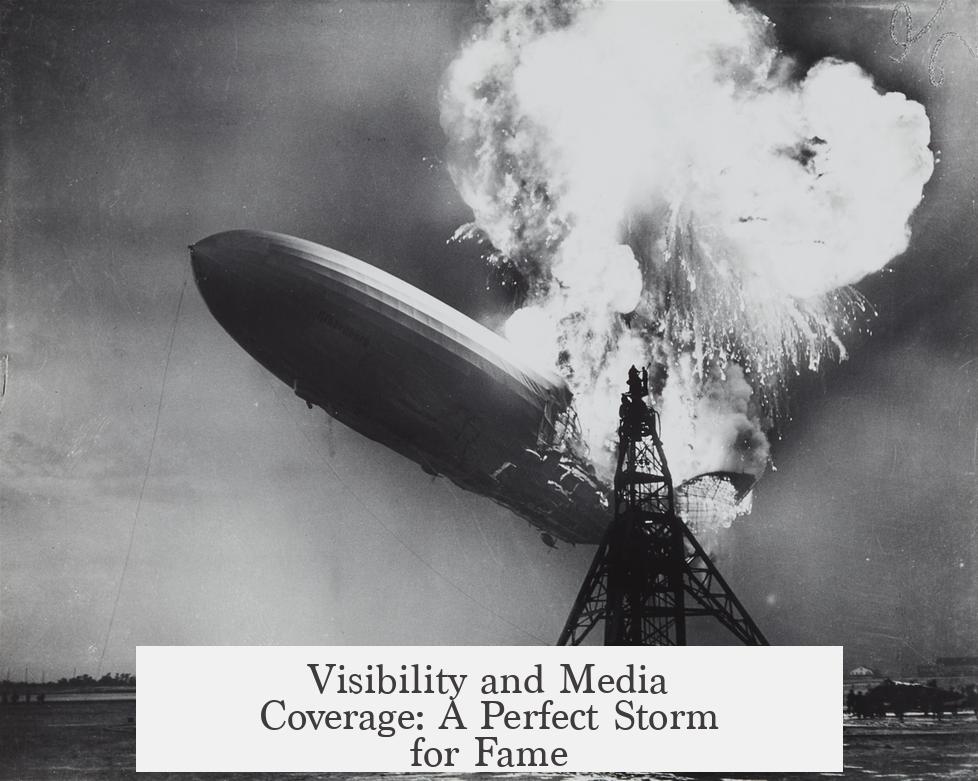
The Hindenburg came crashing down in front of hundreds of witnesses, with live wireless radio transmissions streaming the pilot’s horror. Newsreel photographers clicked away as the Zeppelin descended into flames. This immediate, real-time documentation was a luxury earlier disasters did not have.
For example, the R-101 crashed at night — 2 a.m. to be exact — in a remote area with no cameras or reporters nearby. Nobody saw it live. Other disasters happened over the ocean or unpopulated places, often without even wireless transmission. No dramatic radio capture, no millisecond snapshots frozen in history.
The Hindenburg disaster was almost like the first viral video of its time. The grainy footage and shocking radio broadcasts broadcast the tragedy directly into living rooms and newsrooms worldwide. This high visibility made it unforgettable.
Why Didn’t Earlier Airship Disasters Have This Fame?
- Low Visibility: Most previous crashes happened where few people could witness them—over open seas or at odd hours, away from cameras and crowds.
- Military vs. Civilian: Early airship crashes were often military tragedies. The public usually perceives military casualties differently than civilian ones. The human connection feels more immediate when regular passengers die.
- Size and Scale: Earlier airships were often smaller, with fewer passengers. There weren’t dozens of civilians on board whose stories could ripple through media.
In addition, hydrogen fires were not as feared or sensational as we might guess today. WWI pilots found it surprisingly tough to ignite Zeppelin hydrogen. Some disasters were due more to structural failures, turbulence, or poor weather than explosions. Yet the Hindenburg fire created a visual impression unlike any prior airship failure.
The Psychological and Cultural Impact: Fire as a Symbol
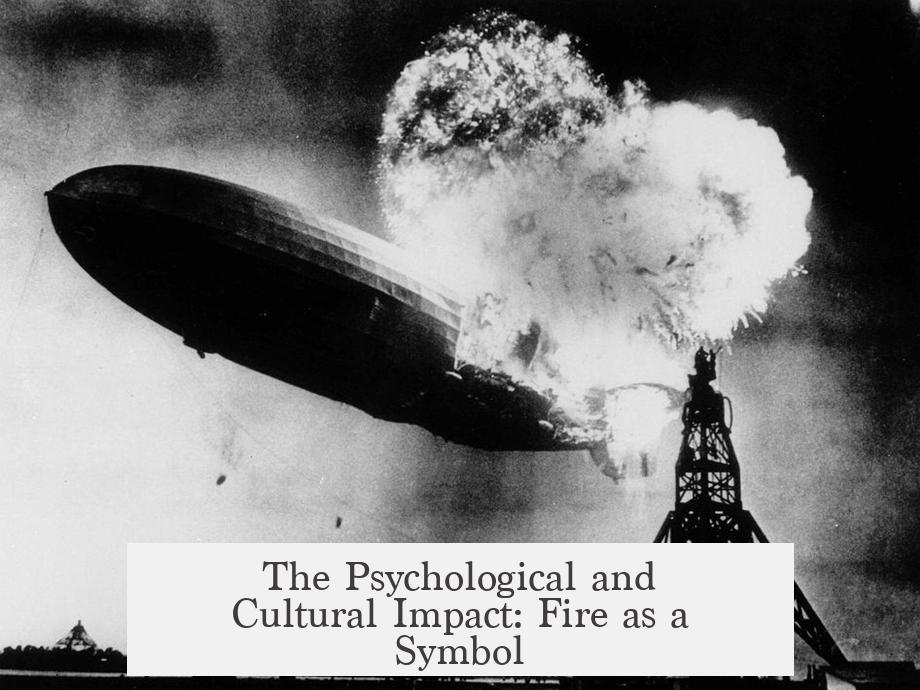
The burning Hindenburg was a horrifying spectacle that went far beyond a plane crashing. Fire is primal. It evokes deep fear. People watching the disaster didn’t just see a ship fall; they saw a living, breathing giant consumed by flames before their very eyes.
That emotional intensity made the disaster sear into public memory. The radio announcer’s famous words, “Oh, the humanity!” captured the collective shock and grief. That phrase alone turned the disaster into a cultural symbol of tragedy.
Because passengers were civilians on a routine, almost joyous trip, the disaster shattered the public’s trust in airship safety and initiated skepticism about future hydrogen-filled flights. This disaster signaled not just a catastrophic accident but the downfall of an era in air travel.
Practical Takeaway: What Can We Learn From the Hindenburg Disaster’s Fame?
- Visibility Matters: When an event is captured live or well-documented, it shapes history differently than when it goes unseen.
- Human Stories Create Lasting Impact: Civilians involved in accidents bring a universal human dimension that evokes empathy and lasting memory.
- Technology and Timing Influence Perception: Media tools, such as wireless broadcasts and cameras, can amplify a disaster’s cultural footprint far beyond the facts.
Imagine if the Hindenburg had crashed in the middle of the ocean with no cameras or witnesses. Would it be this famous? Probably not. It’s the convergence of dramatic visuals, civilian tragedy, and real-time coverage that makes the Hindenburg disaster stand out above other early airship incidents.
Conclusion: More Than Just a Dramatic Image
The Hindenburg disaster’s fame comes from a rare combination of factors. It had civilian passengers on a routine flight, it was witnessed by large crowds and captured on film and radio, and it involved the terrifying spectacle of fire consuming a massive airship. Earlier disasters often lacked one or more of these elements, so despite similar or worse losses, they didn’t capture the world’s attention quite like this did.
In short, the Hindenburg disaster is a vivid lesson in how visibility, humanity, and media shape history. It’s a tragedy remembered not just for the flames, but for what those flames revealed about the risks, hopes, and fears of early air travel.
